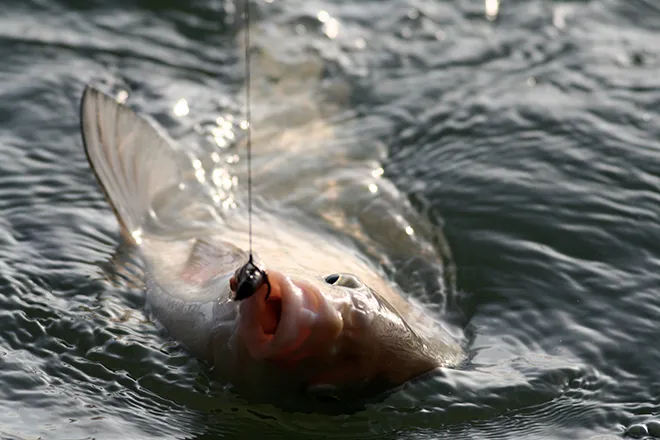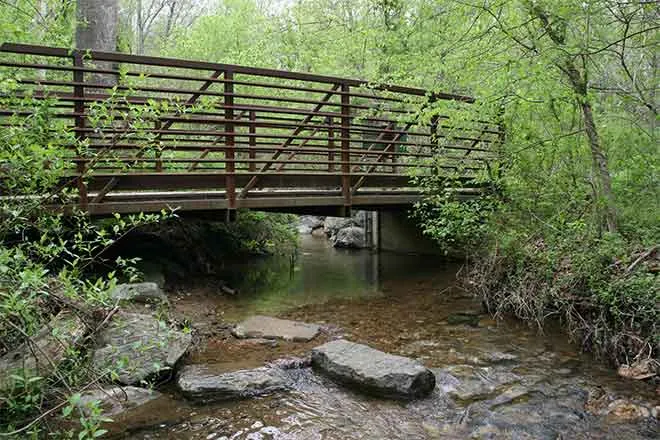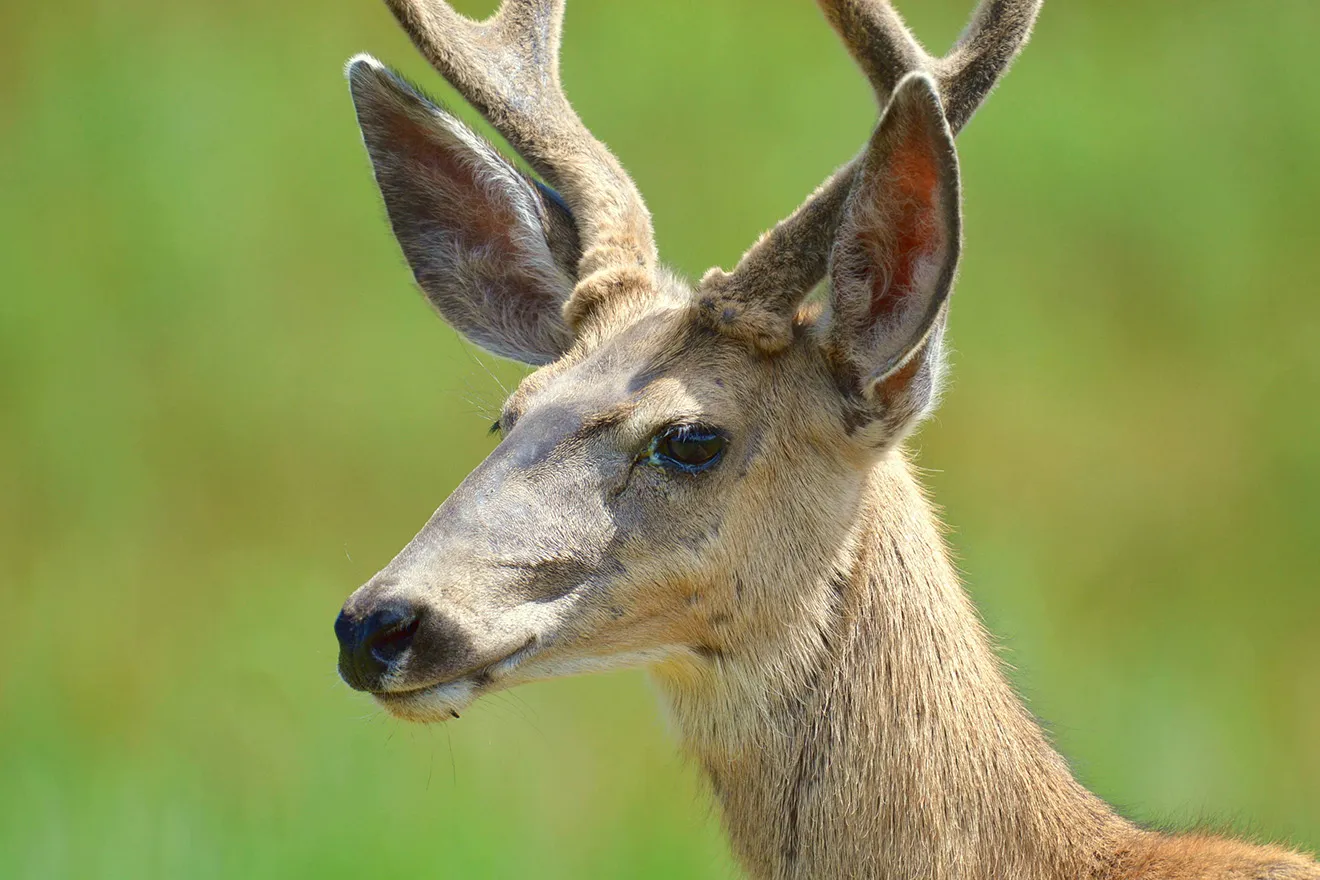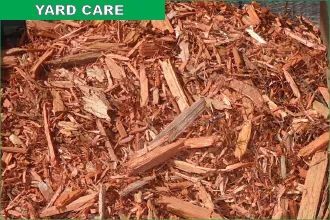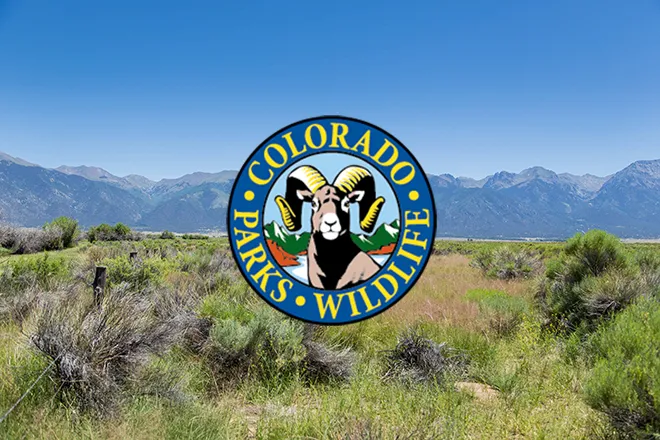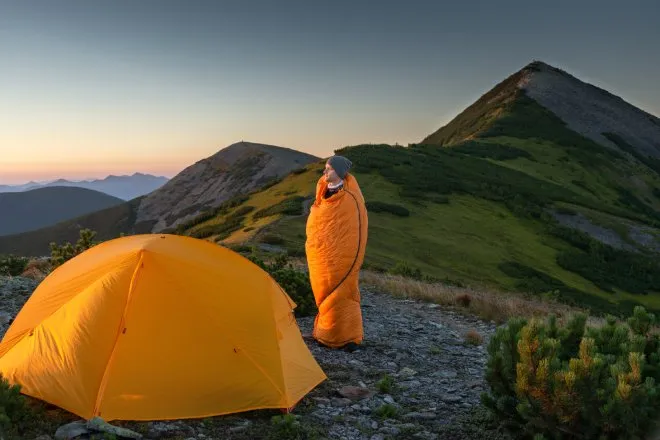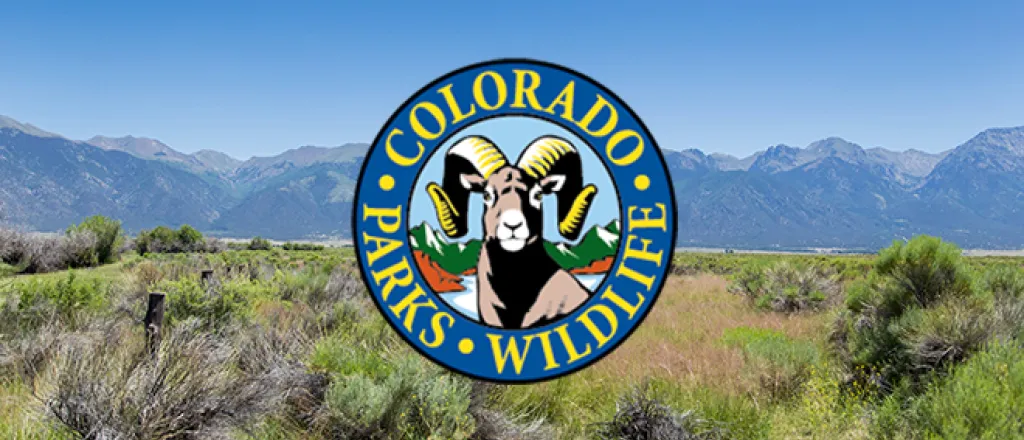
Ending Daylight Saving Time Means Increased Wildlife Collision Danger
Colorado Parks and Wildlife reminds drivers that with dusk arriving earlier due to the time change on November 6, the chances increase for collisions with wildlife on the roads.
“The changing season coincides with peak mating time for much of Colorado wildlife, particularly deer,” said Jason Duetsch, CPW district wildlife manager. “Visibility is poor when many of our big game animals are most active. Right now deer, moose, elk and other wildlife are more mobile, easily distracted and more likely to be crossing roads and highways.”
When drivers do see wildlife on or near the road, the best response is to slow down or stop, honk and/or flash headlights. This not only warns the animal to avoid the road, it helps point out the danger to other motorists.
The average property damage cost of animal-vehicle collisions is estimated at $3,103, according to the Colorado Department of Transportation. Motorists can reduce the likelihood of an accident by taking the following precautions:
- Slow down. Swerving at high speeds increases the danger of an accident. Moderate speeds increase reaction time and allow drivers to react appropriately to animals in the road.
- Stay alert particularly while driving at dusk and dawn. This is when deer and other common wildlife are most active.
- Scan ahead and watch for movement along roadsides. If you see one animal, expect it to be accompanied by others.
- Obey traffic signs and watch for wildlife warning signs. Transportation authorities often attempt to reduce the number of incidents by lowering nighttime speeds in areas where collisions are common.
For more information on avoiding wildlife collisions, visit the CPW website.

